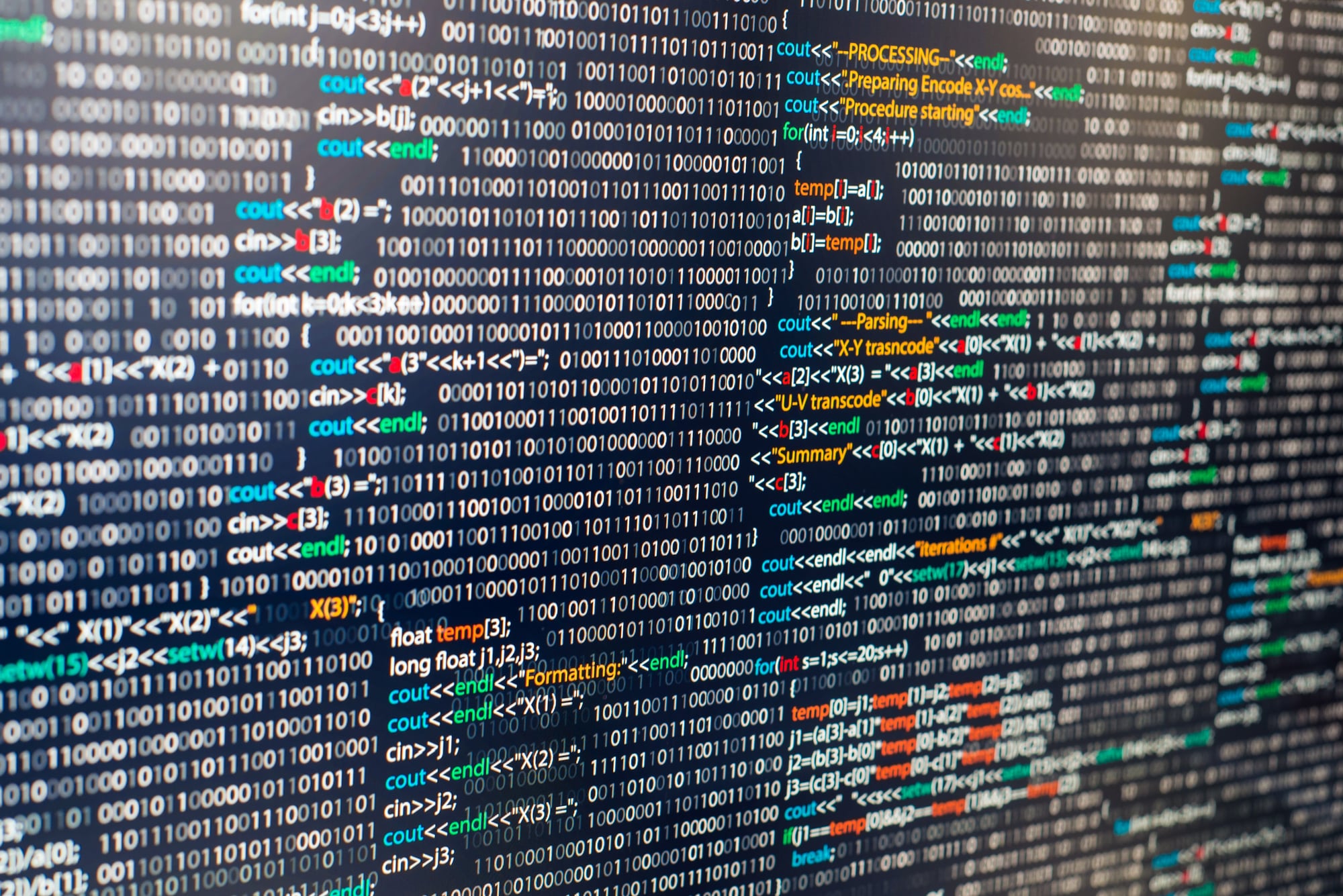
In the ever-evolving landscape of programming languages, developers constantly seek the best tools for their projects. Two prominent languages, Go (also known as Golang) and Python, have been vying for developers’ attention for years. As we step into 2023, it’s crucial to understand the differences between these languages to make informed decisions when choosing the right one for your next project.
Go (Golang)
Go, often referred to as Golang, is an open-source statically typed language developed by Google. It was created with a focus on simplicity and efficiency, making it a popular choice for system programming, cloud computing, and building scalable applications.
Python
Python, on the other hand, is a dynamically typed, high-level programming language known for its readability and versatility. Guido van Rossum developed Python, and it has become one of the most popular languages for web development, data analysis, and artificial intelligence.

Performance Comparison
When considering Go vs. Python in 2023, performance is a significant factor. Let’s delve into this aspect.
Go’s Performance
Go’s compiled nature and statically typed system give it a significant performance advantage over Python. It compiles directly to machine code, resulting in faster execution times. This makes Go an excellent choice for building high-performance applications and microservices.
Python’s Performance
Python is an interpreted language, which means it’s generally slower than Go. While Python has made improvements in its performance with the introduction of tools like PyPy and Cython, it still lags behind Go in terms of raw speed.
Syntax and Code Readability
The readability of code can greatly impact development efficiency and collaboration among team members.
Go’s Syntax
Go is known for its clean and minimalistic syntax. It enforces a specific coding style, making the codebase consistent and easy to read. This simplicity reduces the chances of bugs and promotes maintainability.
Python’s Syntax
Python is famous for its “Zen of Python” philosophy, emphasizing code readability and simplicity. Its syntax is easy to learn and write, making it an ideal choice for beginners and experienced developers alike.
Concurrency and Parallelism
In the era of multi-core processors, handling concurrency and parallelism is vital. Let’s see how Go and Python address this aspect.
Go’s Concurrency Support
Go excels in managing concurrency through goroutines and channels. Goroutines are lightweight threads that enable developers to write concurrent code easily. This makes Go well-suited for building scalable and concurrent systems.
Python’s Concurrency Support
Python offers libraries like asyncio and multiprocessing for handling concurrency and parallelism. While Python has made strides in this area, it still lacks the native support for concurrency found in Go.
Ecosystem and Libraries
The availability of libraries and packages can significantly impact development speed and ease.
Go’s Ecosystem
Go boasts a growing ecosystem of libraries and packages. It excels in areas like networking, thanks to packages like “net/http,” and offers strong support for microservices with packages like “gin” and “echo.”
Python’s Ecosystem
Python’s extensive library, known as the Python Standard Library, is one of its greatest strengths. It covers a wide range of domains, from web development (Django and Flask) to data science (NumPy and Pandas) and machine learning (TensorFlow and PyTorch).
Error Handling
Error handling is a critical aspect of writing robust and maintainable code.
Go’s Error Handling
Go promotes explicit error handling through its multiple return values and the if err != nil pattern. This approach ensures that errors are actively addressed in the code.
Python’s Error Handling
Python uses exceptions for error handling, which can sometimes lead to less predictable code. While exceptions provide flexibility, they can make it easier to overlook error cases.
The Future of Go and Python
Looking ahead to the future, both Go and Python show no signs of fading into obscurity. Instead, they are likely to continue evolving and adapting to meet the changing needs of the software development industry.
Go’s Future
Go’s community and development team are dedicated to enhancing the language further. Expect to see improvements in tooling, libraries, and performance optimizations. As cloud-native and microservices architecture become increasingly prevalent, Go’s suitability for these domains will likely keep it in high demand.
Python’s Future
Python’s popularity in fields like data science, artificial intelligence, and web development is set to grow. With ongoing enhancements to its asynchronous programming capabilities, Python aims to become more competitive in the realm of high-concurrency applications. Additionally, Python’s user-friendly syntax will continue to attract new developers to the language.

Making Your Decision
As you weigh the differences between Go and Python in 2023, it’s important to consider your project’s specific needs and your team’s expertise. Here are some key points to remember:
- Performance: If your project requires high-performance computing, Go may be the better choice. Python is still suitable for many tasks, but Go’s compiled nature gives it an edge.
- Concurrency: Go excels in handling concurrent tasks, making it ideal for applications that need to process multiple tasks simultaneously.
- Ecosystem: Python’s extensive library collection is unmatched. If you need access to a wide range of tools and packages, Python is the clear winner.
- Readability: Both languages emphasize readable code, but Python’s simplicity and easy-to-learn syntax make it a top choice for beginners and teams focused on maintainability.
- Community and Support: Both Go and Python have strong and supportive communities. Consider the availability of resources, documentation, and community support when making your decision.
In the end, the choice between Go and Python in 2023 will depend on your project’s specific goals and requirements. Both languages offer unique strengths, and skilled developers can achieve remarkable results with either one.
In 2023, Go and Python continue to be formidable choices for developers. The decision between the two should depend on your project’s specific requirements:
- Choose Go if you prioritize performance, concurrency, and scalability.
- Opt for Python if readability, a vast ecosystem, and rapid development are your top priorities.
Both languages have their strengths and weaknesses, so it’s essential to consider your project’s unique needs when making your decision.







Comments (0)
There are no comments here yet, you can be the first!